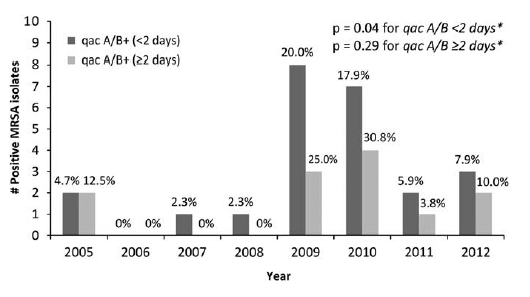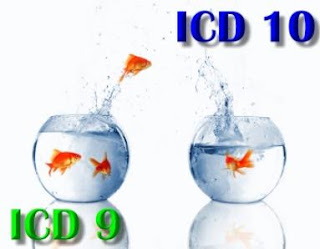Risk(y) Business, Part 3

I've posted before (HERE and HERE) about the need to improve risk adjustment for publically-reported HAI metrics that are increasingly used for reimbursement, rankings of hospital quality, incentives for hospital leadership, and (who knows at this point) may be part of the voting for Best Picture at the Oscars (I kid). The group at the forefront of this issue with work examining potential methods to balance the playing field is from of U. of Maryland, having previously shown how the use of coded risk factors can improve risk adjustment for CLABSI and SSI. They're back with a trifecta - a retrospective cohort study focused on the relationship between coded patient comorbidity variables and hospital-onset C. difficile infection (CDI) event risk. After adjusting for antibiotic and proton-pump inhibitor use (both potentially controllable risk factors for CDI), the odds of having CDI significantly increased 1.26 times for every 1 point increase in the Elixhauser comorbidity index score. The risk model that included the Elixhauser index score was a better fit than one with this information excluded. There are some limitations, noted in the paper: single center study, lack of control for patient severity of illness, and use of coding to capture comorbidity diagnoses (which is, however, a strength when looking towards ease of abstraction if these variables are included in reported HAI metrics). Even with these limitations, this study provides further support for the need for improved adjustment for patient-specific comorbidities when using HAI outcomes to rank hospitals in order to provide our patients with accurate information about these important patient harms while also more equitably tying monetary incentives to facility HAI performance - an increasingly risky business indeed.



Comments
Post a Comment
Thanks for submitting your comment to the Controversies blog. To reduce spam, all comments will be reviewed by the blog moderator prior to publishing. However, all legitimate comments will be published, whether they agree with or oppose the content of the post.